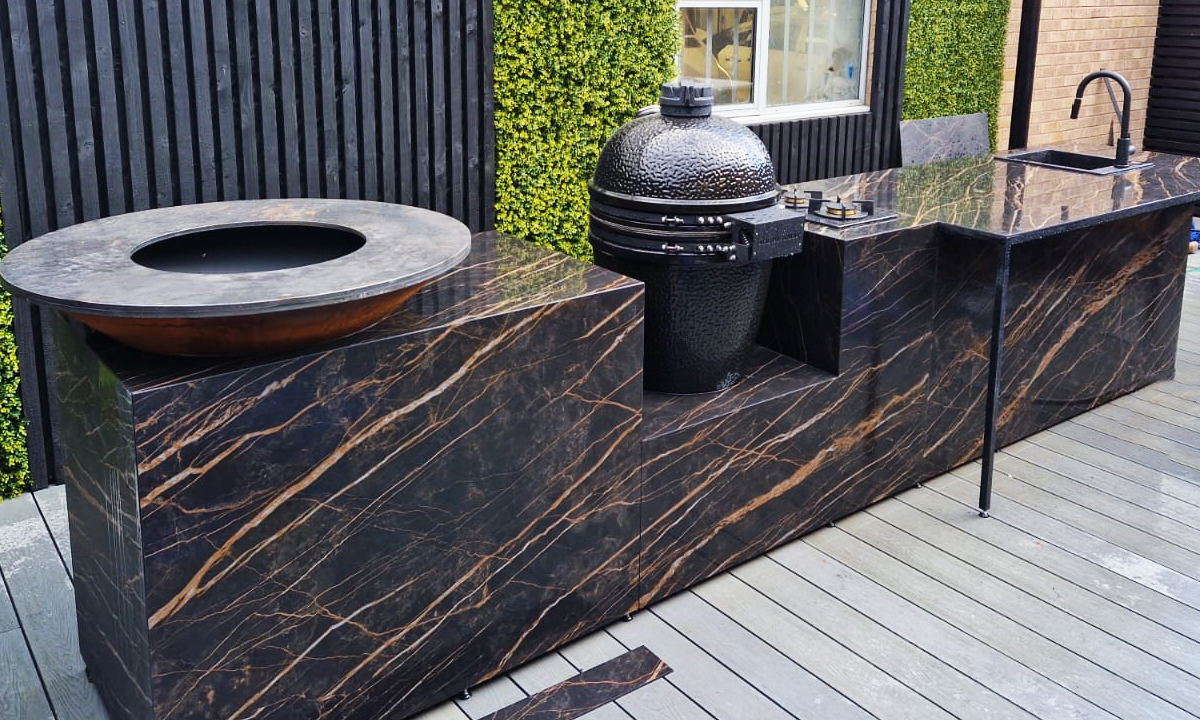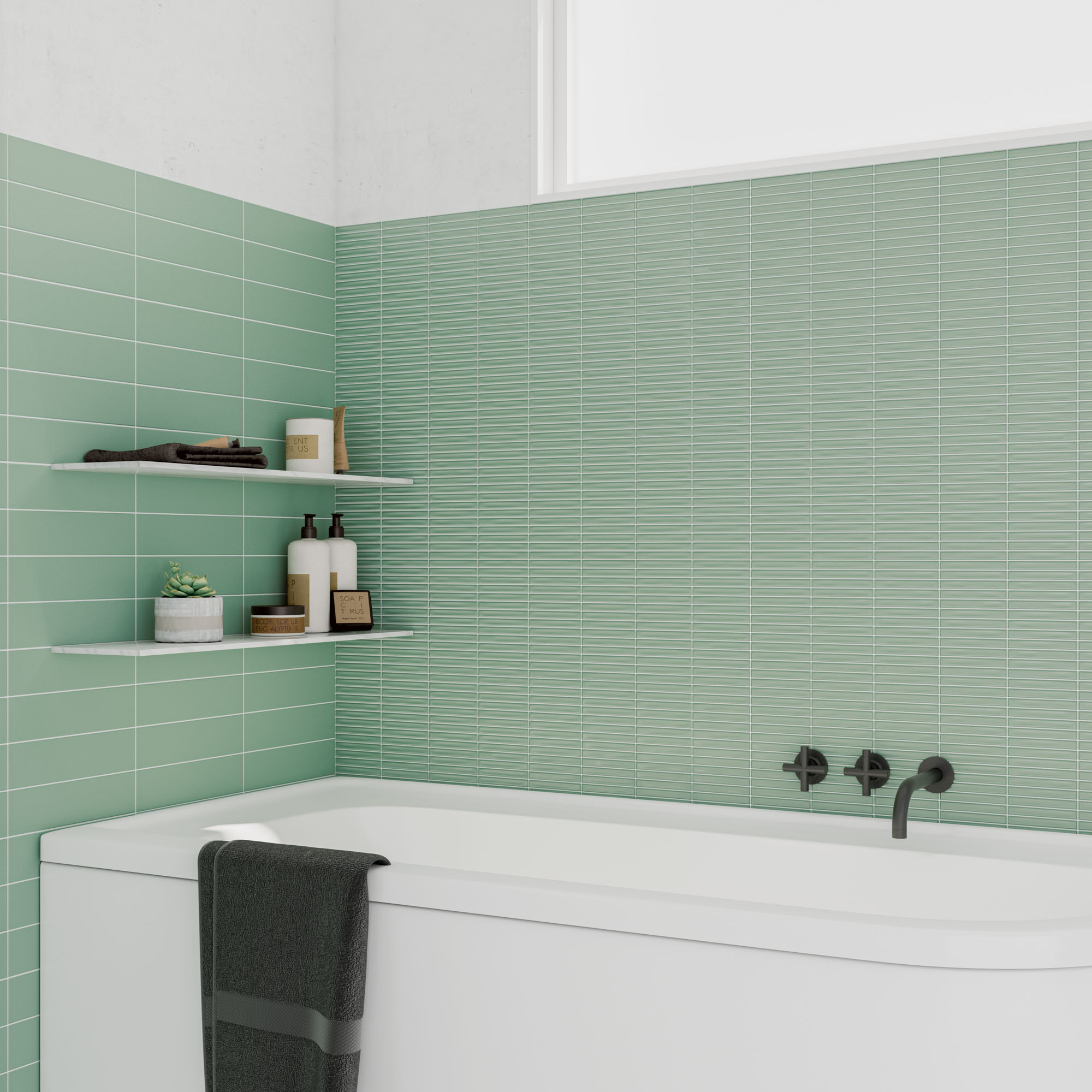When it comes to home decor and construction, the terms “porcelain” and “ceramic” are often used interchangeably. However, these two materials have distinct differences in terms of composition, durability, appearance, and usage.
Understanding the dissimilarities between porcelain and ceramic is crucial for making informed decisions when selecting tiles. In this blog post, we will delve into the dissimilarities and benefits of porcelain and ceramic, enabling you to make the right choice for your specific needs.

Porcelain
Pros:
- Exceptional durability
- High resistance to stains and moisture
- Excellent for high-traffic areas
- Wide range of design options
- Low maintenance requirements
Cons:
- Generally more expensive than ceramic
- More challenging to cut and install
- Can be heavier, may require additional support
- Limited availability of certain styles

Ceramic
Pros:
- Affordable and budget-friendly
- Easier to cut and install
- Lighter and easier to handle
- Versatile design options
- Availability of unique textures
Cons:
- Less durable, prone to chipping
- Absorbs more moisture
- Less suitable for high-traffic areas
- Requires more frequent cleaning
Composition
The fundamental difference between porcelain and ceramic lies in their composition. Ceramic is a broad term that encompasses various materials made from clay, minerals, and water, which are shaped and fired at high temperatures. Porcelain, on the other hand, is a specific type of ceramic made from a specific type of clay called kaolin. Porcelain contains a higher concentration of kaolin, making it denser and more durable than other ceramics.
Durability
When it comes to durability, porcelain surpasses ceramic in several aspects. Porcelain has a lower water absorption rate, typically less than 0.5%, while ceramic tends to absorb more water, often ranging from 1% to 3%. This makes porcelain highly resistant to stains, scratches, and damage caused by moisture, making it an ideal choice for areas with high foot traffic, such as floors and countertops. Ceramic, although less durable, can still be suitable for wall tiles, decorative items, and areas with lower moisture exposure.
Appearance
Porcelain and ceramic also differ in terms of appearance. Porcelain tiles often have a more refined and uniform appearance due to their dense composition. They can be manufactured to mimic various materials, including natural stone, wood, or even fabric textures, offering a wide range of design options. Ceramic tiles, on the other hand, may have a more rustic or varied look, with distinct patterns and colours. Both porcelain and ceramic come in a plethora of styles, shapes, and sizes, allowing you to find the perfect fit for your aesthetic preferences.
Usage
The divergent characteristics of porcelain and ceramic make them suitable for different applications. Due to its exceptional durability and water resistance, porcelain is frequently used in high-traffic areas such as kitchens, bathrooms, and outdoor spaces. It is an excellent choice for flooring, countertops, and areas that require easy maintenance. Ceramic, with its versatility and affordability, is often used for wall tiles, backsplashes, decorative accents, and areas with lower wear and tear.
Maintenance
Another crucial aspect to consider is maintenance. Porcelain’s low porosity and high density make it resistant to staining and easy to clean. Regular sweeping and occasional mopping are usually sufficient to keep porcelain surfaces looking pristine. Ceramic, with its higher porosity, may require more regular cleaning and occasional sealing to prevent stains and maintain its appearance. However, both materials generally offer good resistance to chemicals and fading, ensuring long-lasting beauty.
Conclusion
It’s important to note that both porcelain and ceramic tiles have their own benefits and considerations. The choice between them depends on factors such as the specific project requirements, budget, desired aesthetic, and anticipated level of foot traffic. While porcelain and ceramic are both ceramic materials, they differ significantly in composition, durability, appearance, and usage. Porcelain, with its dense structure and low water absorption, excels in areas that demand superior strength and resistance to moisture. Ceramic, on the other hand, offers versatility and a wide range of design options, making it a suitable choice for various decorative applications. By understanding these disparities, you can make informed decisions when selecting porcelain or ceramic for your home or commercial space, ensuring both functionality and aesthetic appeal.
Trimline is your trusted source for all the materials and tools needed to install both porcelain and ceramic tiles with utmost effectiveness and sustainability. We provide tilers with a comprehensive range of supplies, including adhesives, grouts, sealants, and levelling systems, tailored to the specific requirements of each tile type.

